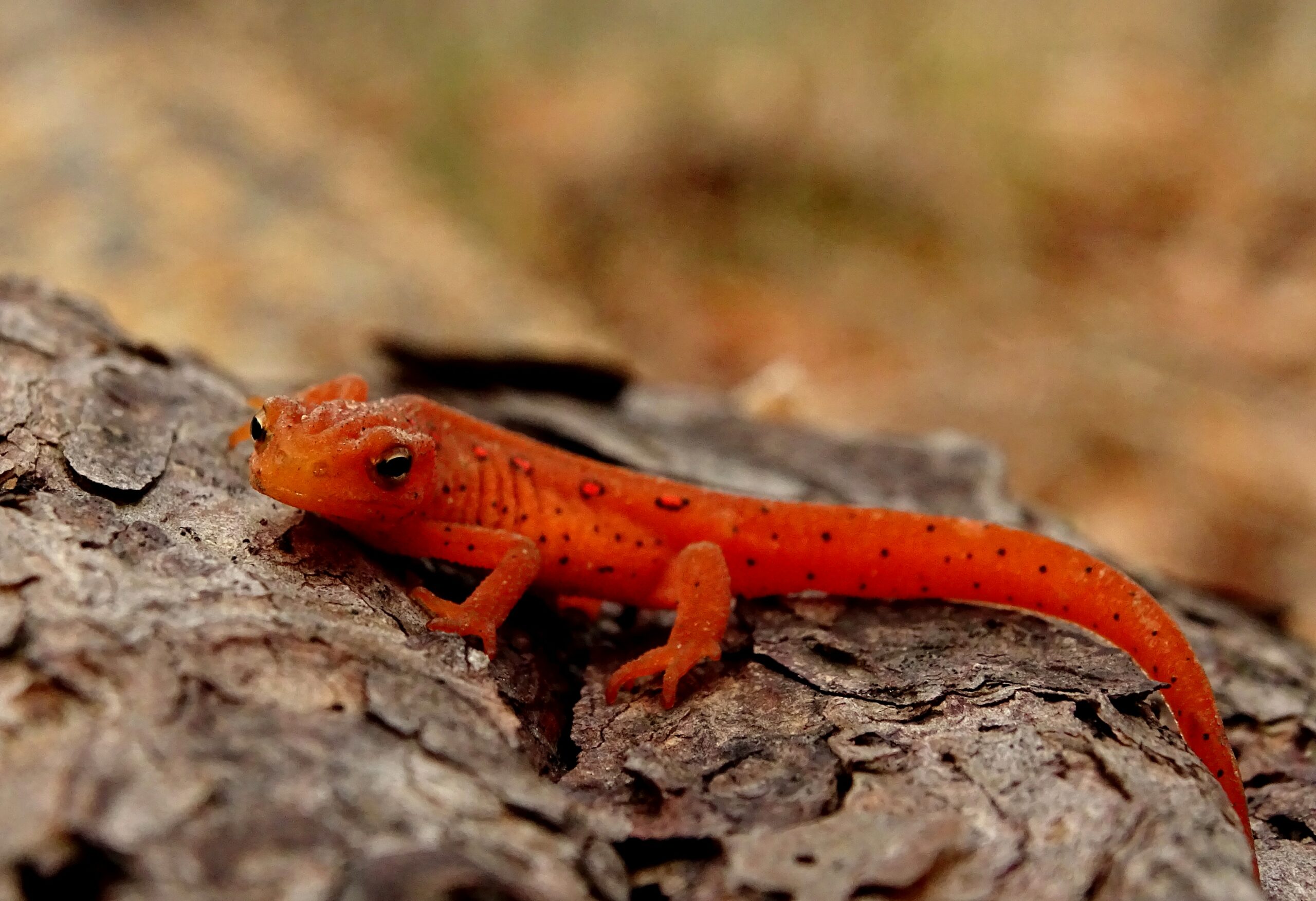Newts are intriguing amphibians that belong to the animal kingdom, class Amphibia, and order Caudata. With their unique characteristics and captivating behaviors, the newt has captured the interest of nature enthusiasts. Newts are characterized by their slender bodies, long tails, and smooth, moist skin. They are often found in aquatic or semi-aquatic environments, such as ponds, lakes, and streams.
The newt has a diverse range of colors, including shades of brown, orange, yellow, and red, which can serve as effective camouflage in their natural habitats. Unlike frogs and toads, newts possess both lungs and gills throughout their life stages, allowing them to breathe both in water and on land.
One of the most remarkable features of the newt is its ability to regenerate lost body parts. If a newt loses a limb or tail due to injury or predation, it has the remarkable capability to regrow the missing body part. This remarkable regenerative ability sets newts apart from many other animals and has fascinated scientists for years. Additionally, some newts produce toxic secretions or skin toxins as a defense mechanism against predators.
Types of Newts
Newts comprise a diverse group of species, with over 100 known species found around the world. Let’s explore some of the most common and popular newts:
- Eastern newt (Notophthalmus viridescens): Found in eastern North America, the Eastern newt is a widely recognized species. It exhibits three distinct life stages: aquatic larva, terrestrial juvenile (known as red eft), and aquatic adult. Red efts have bright orange or red coloration, making them easily identifiable.
- Palmate newt (Lissotriton helveticus): Native to Europe, the palmate newt is a small-sized species with a distinctive webbing between its toes. Males develop a low, jagged crest along their back during the breeding season.
- Smooth newt (Lissotriton vulgaris): Also known as the common newt, the smooth newt is found across Europe and parts of Asia. It has a smooth skin and is known for its courtship behavior, in which males display vibrant colors and undulating movements.
There are over 100 known species of newts worldwide, showcasing their impressive diversity. The most common or popular newts can vary depending on geographical regions and personal preferences. However, some widely recognized and appreciated newts include the Eastern newt, palmate newt, and smooth newt.
What makes newts unique?
Newts are known for their remarkable regenerative abilities, allowing them to regrow lost body parts. This feature has made them subjects of scientific study and curiosity for decades.
Additionally, their vibrant colors, unique life cycles, and diverse adaptations contribute to their appeal. Newts are often associated with freshwater habitats and are recognized as important indicators of environmental health.
Summary
Newts are captivating amphibians with their unique features, diverse species, and remarkable abilities. From their regenerative powers to their colorful appearances and complex life cycles, newts offer us a glimpse into the wonders of the natural world. By understanding their traits, different types, and ecological significance, we can develop a greater appreciation for these fascinating creatures and their contributions to our planet’s biodiversity.






























































